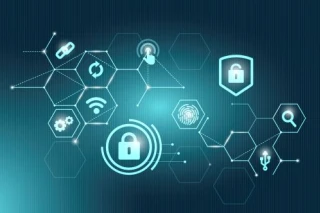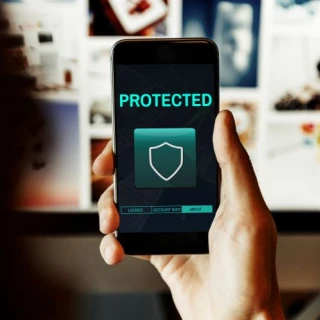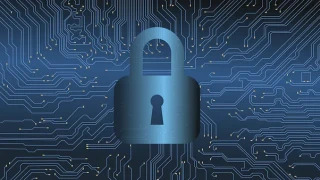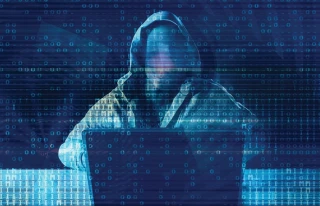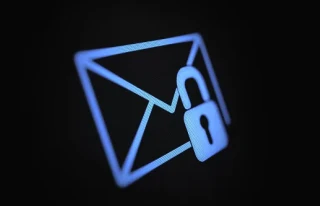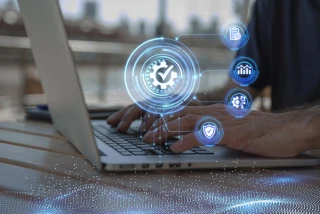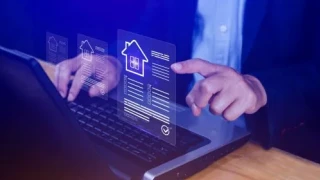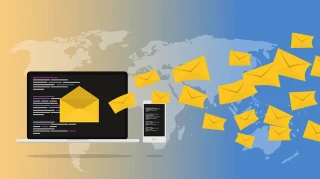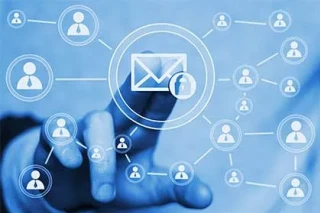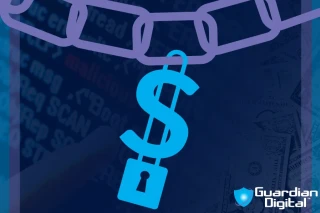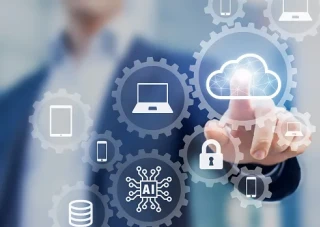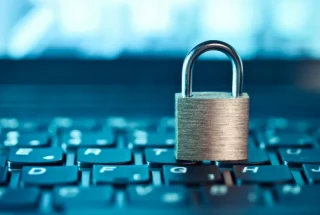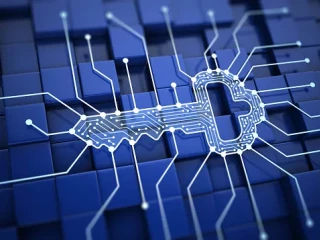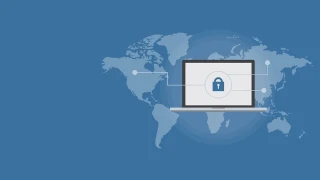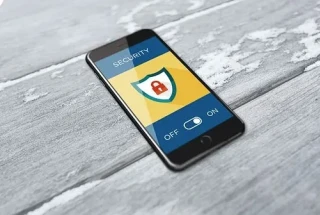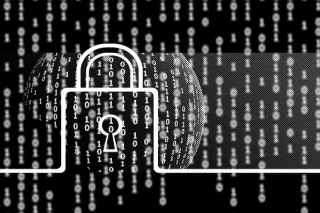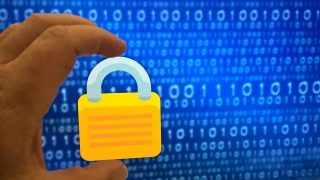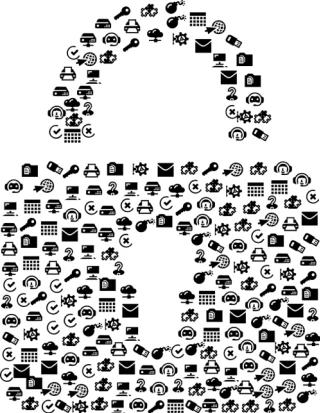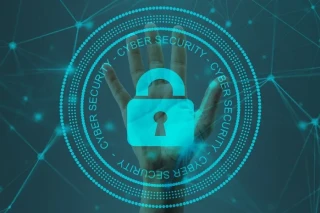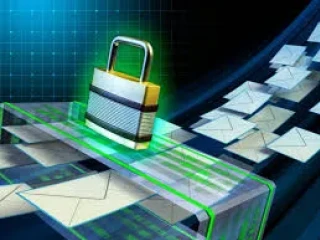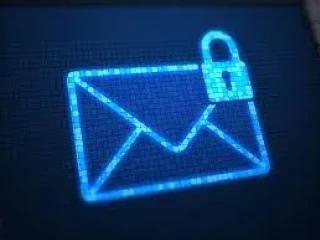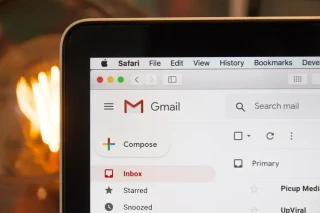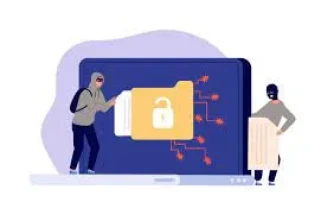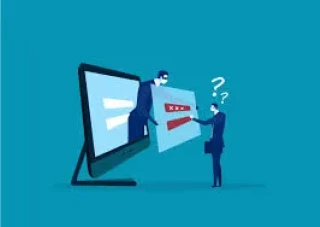Guardian Digital's Cyber/Email Security Resources Hub
Terms, Definitions & Basics of Email Security
AI is everywhere, and most companies are competing in a race to harness the power of AI in their business. AI can feel straightforward on a personal level. But, when managing AI implementation at scale and at the organizational level, pitfalls are bound to occur.
As individuals and businesses transact online more frequently, data flow has increased. More than ever, cybercriminals have intensified hacking attempts. Companies are recording more frequent and sophisticated cyber threats. The risk is higher in supply chains where multiple segments, vendors, and systems interconnect and work together.
Email safety is being decimated by threats such as phishing scams, spam messages, and malware attacks. An inbox breach for businesses, especially small and medium enterprises (SMEs), can result in customer data breaches, financial fraud, and irreversible damage to reputation. That is why businesses should have solid email security to protect their inboxes. However, SMEs do not have the in-house expertise to secure complex software as a service (SaaS) in email environments. Here, SaaS consulting can assist.
Mobile phones have become essential for employees in today's digital-first workplaces. These devices include everything from smartphones and tablets to laptops that allow employees to connect, collaborate, and work wherever needed.
Most organizations face many security challenges as they adapt to a hyper-connected world. As cyber threats evolve and become more sophisticated, and data breaches become more prevalent than ever, a well-planned security strategy is imperative to maintaining sensitive information and retaining clients' trust. One of the major components of any good security program is security control validation.
As threats in cybersecurity change dynamically to cross the same security fences, attackers continuously look out for weaknesses in authentication systems. One of the most critical flaws is the previously mentioned NTLM relay attack, which affects the NTLM authentication protocol, which can be found on almost every Windows Environment.
Organizations must be prepared to respond quickly to minimize damage or the amount of time systems are unavailable. Improving the mean time to respond (MTTR) in cybersecurity is one of the most important factors in responding to cyber incidents.
Businesses worldwide rely on email systems as a fundamental part of their communication processes. Unfortunately, this makes email an attractive target for fraudsters searching for holes to exploit. An email data breach can have serious implications, including reputational harm and financial losses.
Employment law demands secure email practices. The exchange of sensitive client information and the importance of maintaining legal integrity make secure email practices crucial to safeguarding.
The global digital landscape is at the brink of significant change with the introduction of the EU AI Act. This unprecedented legislation is the first comprehensive attempt to enact regulations around the use of artificial intelligence (AI) across a range of sectors to ensure safe and reliable AI technologies.
Individuals, businesses, and governments alike are harboring significant concerns about data privacy and protection. Cyberattacks have become more sophisticated, raising questions about the way personal information is stored and used.
The transformation of cybersecurity practices includes big data, which organizations use as their main strategic tool to fight cyber risks and safeguard data security. Current security measures developed in the past cannot stop modern advanced cyber attacks because digital systems have grown exponentially through transactions, communication, and cloud-based infrastructure.
The commercial real estate industry is undergoing a major digital transformation. Technology is changing how properties are bought and sold, clients are dealt with, and data is managed. This transformation includes online listings, cloud-based management systems, digital payment solutions, and innovative building technologies. However, these developments increase the chances of cyber-attacks.
What determines whether your emails will be read? There’s one key factor that’s important to consider — email reputation. You should get to know all about it before your next email campaign because it can affect deliverability as well as cybersecurity.
Coming up with blinding email campaigns and seeing them through to completion is easy, right? If only. With numerous stages involved, the whole workflow exercise is at risk of security vulnerabilities and failure.
Ransomware is one of the most persistent and costly cybersecurity threats globally, and its targets range from big to small businesses.
Every organization today is navigating a minefield of unseen threats. Cyberattacks have grown smarter, faster, and more relentless, targeting vulnerabilities that many didn’t even know existed. It’s not just about defending systems anymore—it’s about protecting the trust that businesses are built on.
Cybersecurity remains a critical concern for small and medium-sized businesses as digital threats continue to evolve. Despite the growing awareness, many organizations unknowingly leave themselves vulnerable due to overlooked errors or outdated practices.
Ever had to deal with cybercriminals finding clever ways to stay ahead, even in systems as secure as Microsoft 365 email security? They use tools like proxy servers to hide their actions and sneak past defenses.
All it takes is one weak link, and hackers can break into your entire system. Be it a defunct firewall, IoT device, or an unsecured laptop, the damage would be cataclysmic in financial losses, brand trust, and operational downtime.
With cyber threats becoming more complex, it's vital for organizations to regularly assess the security of their email systems. Gmail, one of the most popular email services, offers built-in tools to help protect users. But are these features enough to combat new and evolving email security risks?
The use of end-to-end encryption (E2EE) has increased in recent years, making it more difficult for anyone but the sender and recipient to read or understand messages.
Over 90% of cyberattacks begin from an email. Given how often individuals and businesses utilize email, this percentage is scary. These attacks have cost organizations an average of $13 million in damages, which will continue to grow.
Email security threats evolve regularly, and businesses must keep pace more than ever. Email addresses are one of the most high-value data assets for cybercriminals since they can grant them access to many of their targets’ other accounts, most importantly, financial accounts.
Cyberattacks no longer remain a question of ‘if’; they now simply become ‘when.’ Unfortunately, it’s just a matter of time until your corporate or private information gets hacked. While conventional antivirus software or firewall is an excellent start to prevent cyberattacks, they may not be enough.
With the increase in email usage over the years, there has also been an increase in cyber threats. So, email security should be at the top of your list of priorities. Encryption is one technique that has proven to be a game-changer for many industries.
Althought it may seem counterintuitive, as a small business, you face heightened cyber risk. Cybercriminals recognize that small businesses often lack the resources and expertise required to defend against cyberattacks, and readily exploit these weaknesses.
Many people are likely unaware of how large a cybersecurity vulnerability their email represents. This is not to disrespect the excellent work of our favorite communication tool. Still, given that email was never designed to be secure, we should use it only in addition to other forms of communication.
IT security isn’t always a business’s top priority when they think about spending money. They know it's essential, but to them, it seems like a vague, intangible matter they cannot see the benefit of.
Securing an open-source project requires significant effort, knowledge, and the ability to devise and implement a security strategy. In this article, we’ll explore critical considerations and offer tips and best practices for planning and implementing your open-source security efforts.
Ninety-five percent of successful enterprise network and server attacks resulted from spear phishing emails. This type of phishing attack has become a growing concern in the cybersecurity world due to how believable the emails can be and how easily workers can become victims.
Keystroke logging, or keylogging, is a data collection software that can record anything you type on your computer. Threat actors can use this attack to obtain information regarding your bank account numbers, credit card information, and login credentials like passwords on your computer.
Spam emails and phishing email attacks carrying malware and ransomware have increased the necessity for vital, robust, dependable email filtering services. As these email threats evolve, companies need more efficient ways to stop spam emails and other types of email attacks.
As threat actors strengthen their options for email security breaches and phishing email attacks, organizations and their employees must increase their email protection by implementing data loss prevention and malware protection that can combat any email threat. The first step towards web and email security is incorporating a secure email service into your business that can disguise messages so hackers cannot read them.
Enterprises have incorporated cloud services into their business operations to reduce online costs, increase agility, provide more business expertise, and improve a company’s web and email security. Using a Software-as-a-Service (SaaS) cloud model helps apply email security services to a business.
Spam emails create constant aggravation, as these unsolicited bulk-sent junk emails clutter mailboxes and distract employees from completing tasks. Despite the frequent annoyance these messages cause, spam emails tend to get overlooked as insignificant email security threats, so companies do little to handle them.
If you encountered an email that appeared to be from a trusted client, familiar, or company senior but was from a cybercriminal, you experienced an email spoofing attack first-hand. These scammers impersonate people you know to steal information from you. These social engineering attacks have become much more prevalent and effective since they are so believable, so your association and employees must know all about email spoofing to protect your company from email security breaches.
Between 2016 and 2019, companies lost over $26 billion worldwide as a result of Business Email Compromise (BEC) or CEO fraud attacks, according to the FBI. Cybercriminals impersonate CEOs and business higher-ups to appear trustworthy when convincing victims to provide sensitive or private credentials. Once this information is in the threat actor’s hands, organizations can suffer data loss, account takeovers, and reputational damage. This article will discuss CEO fraud, the most popular attack methods, and your options to prevent these email security risks.
At work, an account tells you to click a link to business pitches, but it seems fishy. Perhaps you’ve been targeted with a phishing attack, and not identifying it will result in a bad situation. In the modern work environment, email phishing threats are more pervasive than ever and continue to get more sophisticated. Over 90% of modern cyberattacks begin with a phishing email.
Roughly 4,000 crypto virus attacks occur daily, and the United States government estimated that these email threats take $1 billion in ransom every year. Unfortunately, that price is only a portion of the money that goes into mitigating these malware ransomware attacks, as companies need to spend excessive amounts of time and energy decrypting files while data loss, significant downtime, and reputational damage resulting from email security issues.

